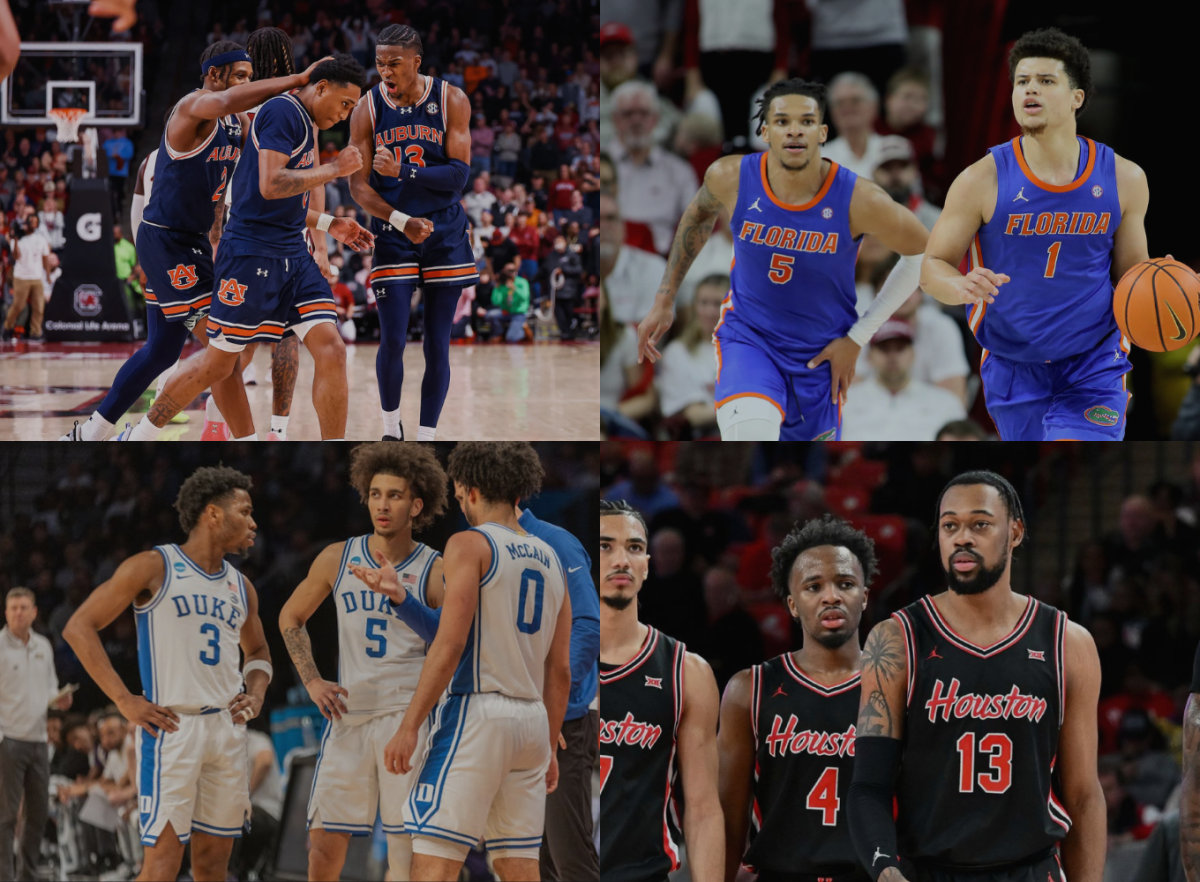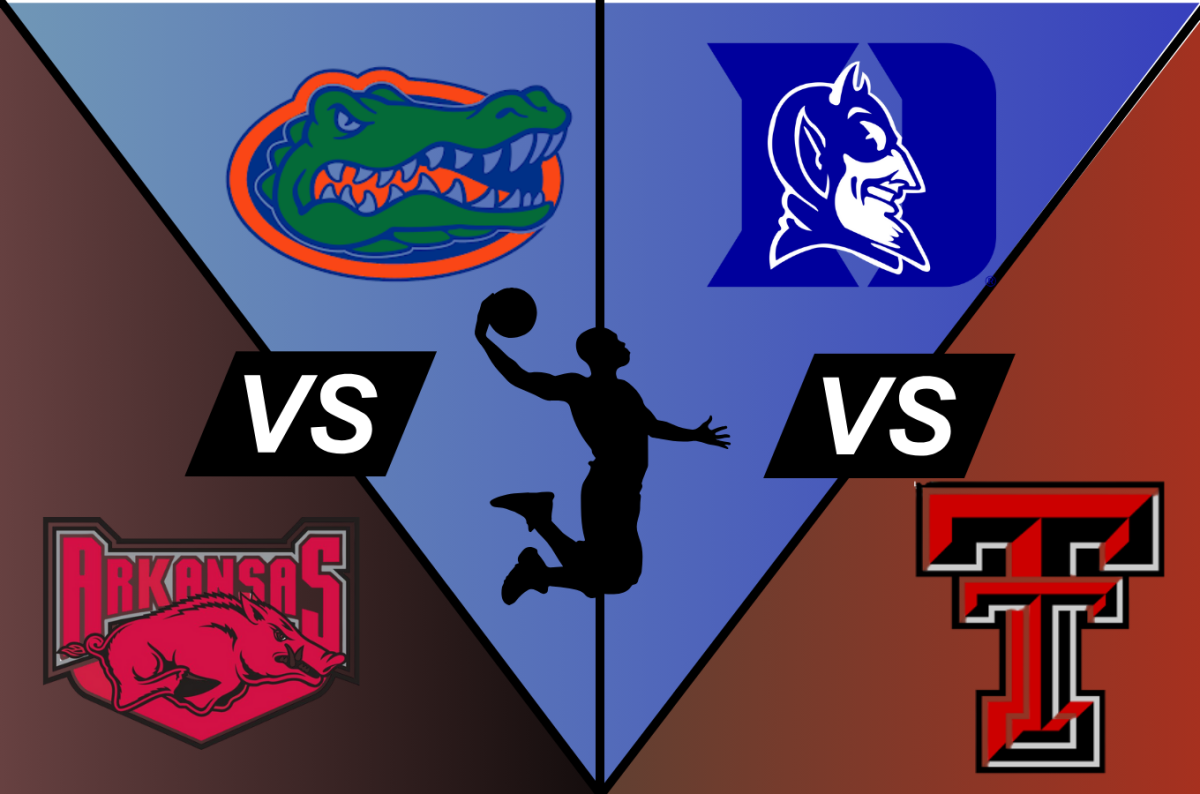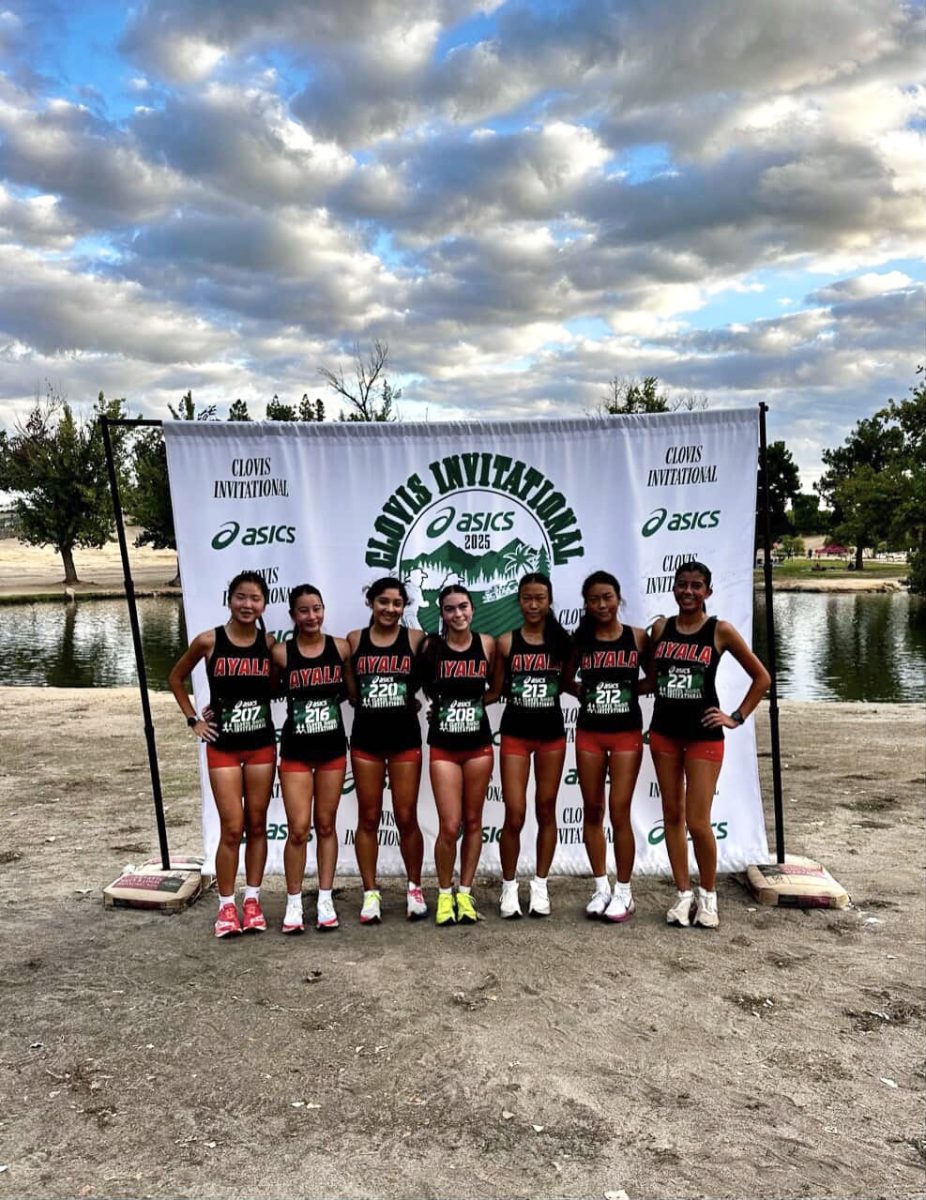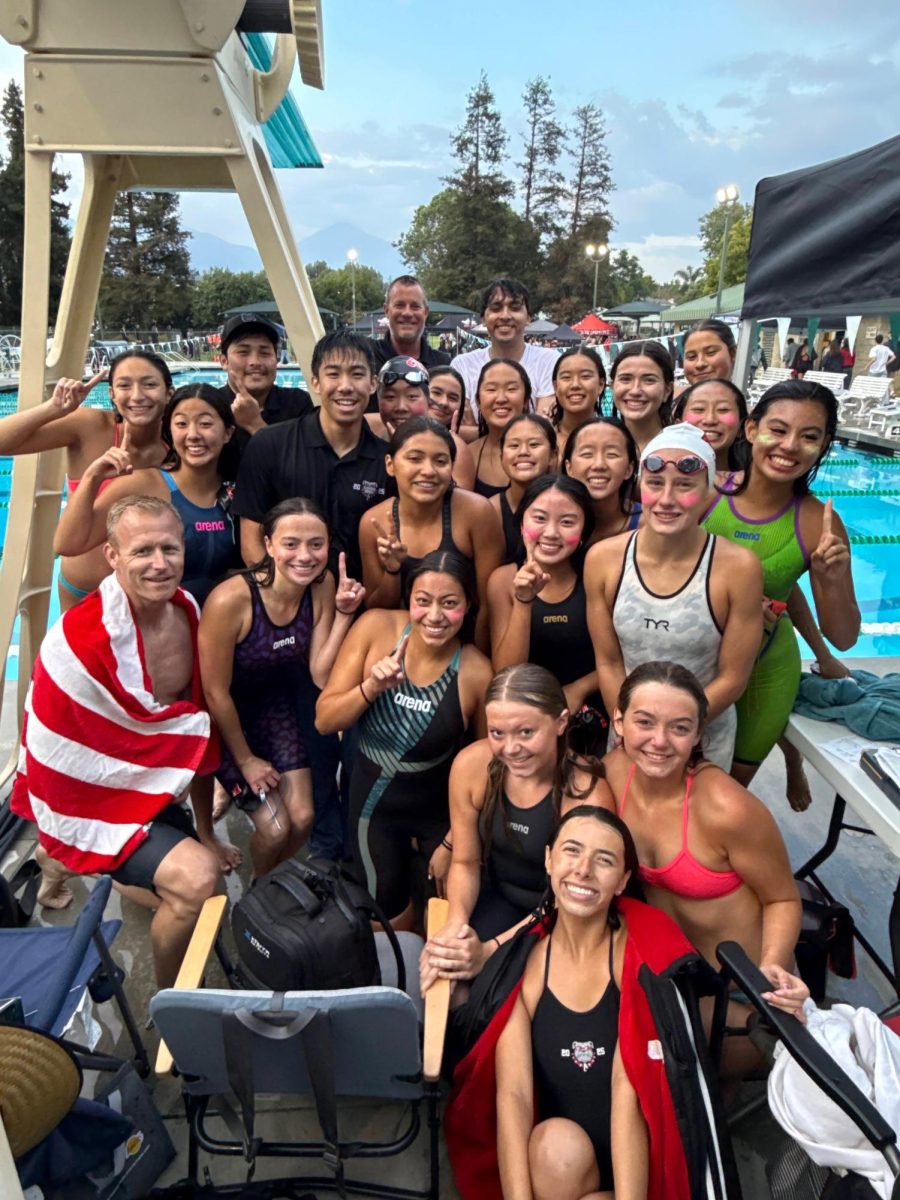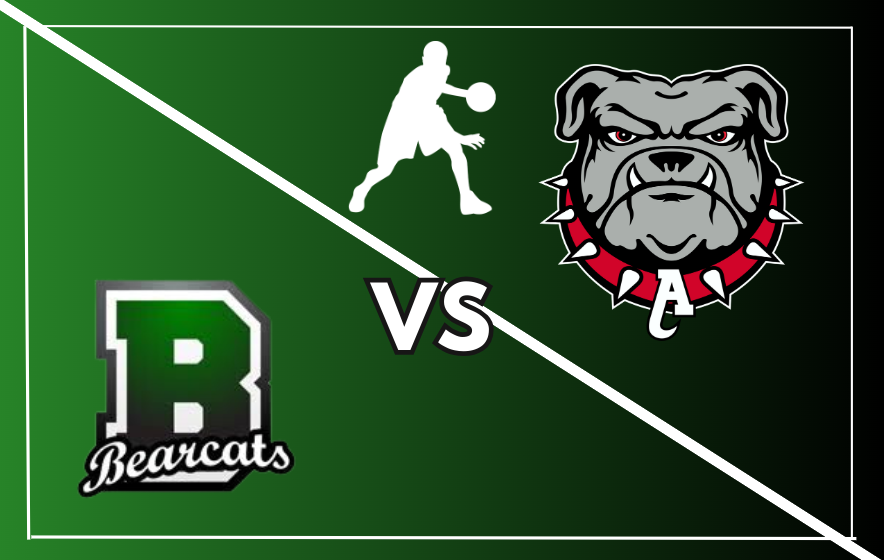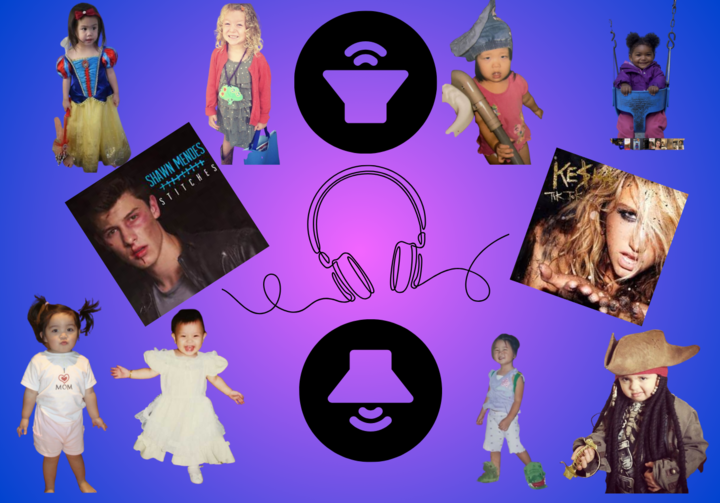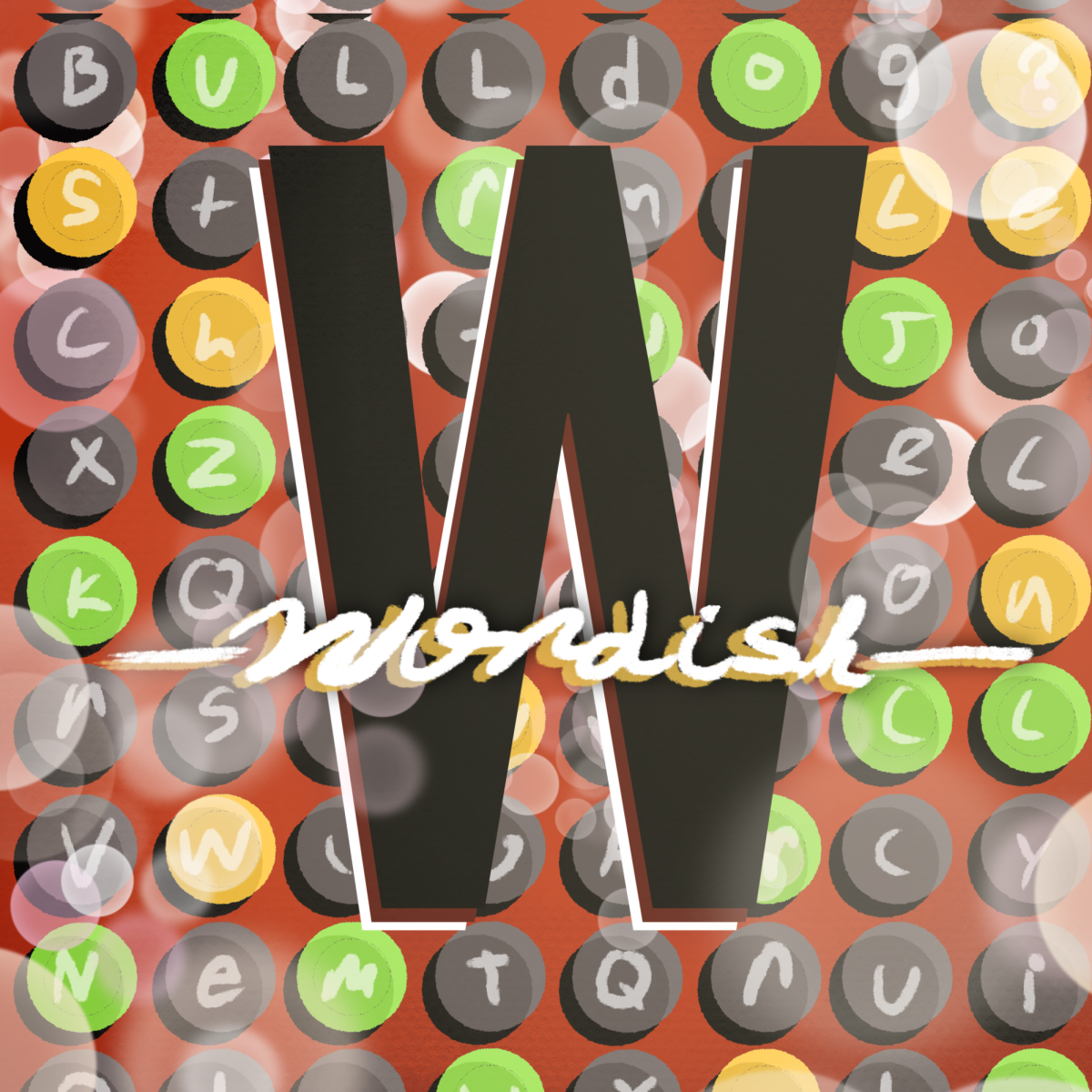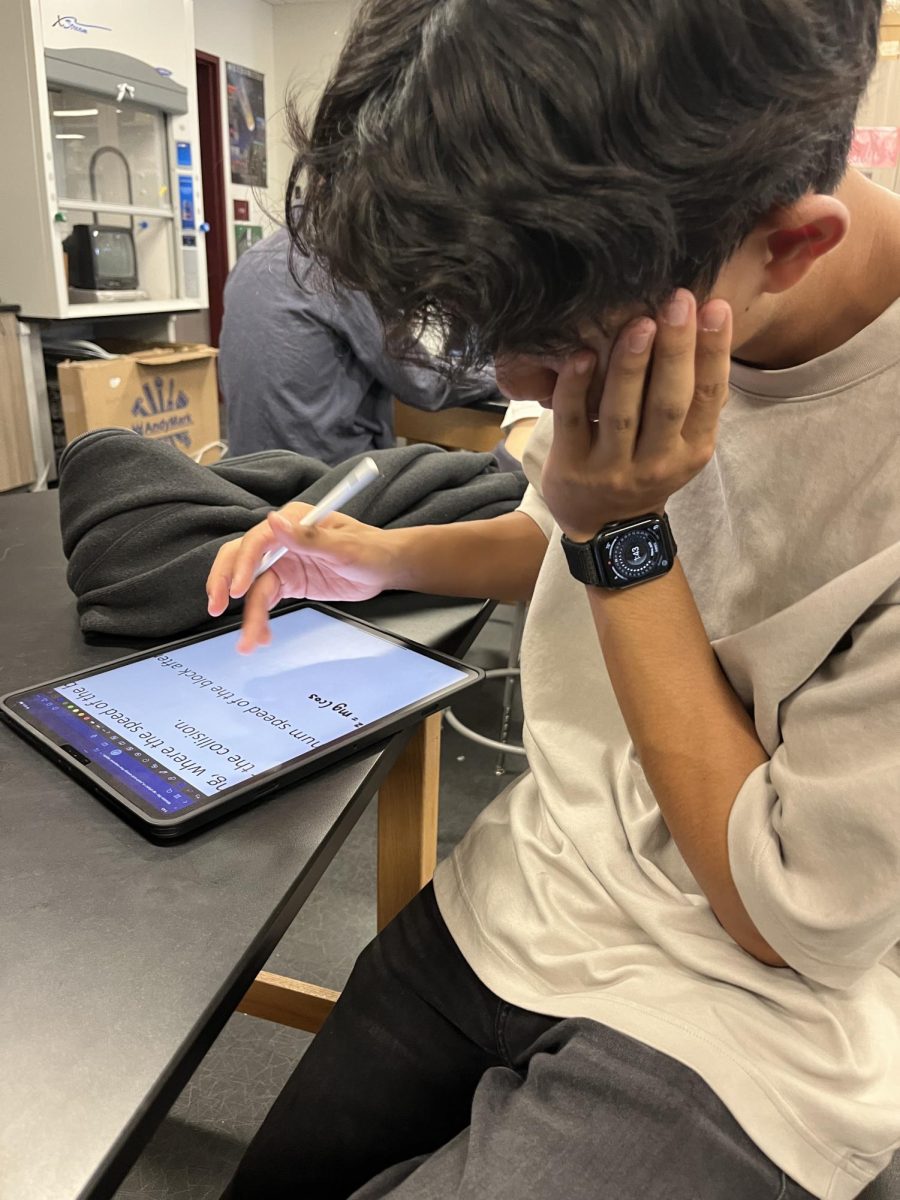In an age where technology shapes the way we learn, students are increasingly turning to their personal devices as powerful tools that provide a lot of utility. Personal laptops, tablets, and iPads have become indispensable companions, providing students with a host of benefits that traditional Chromebooks often fail to deliver.
Many students prefer their personal devices over school-provided Chromebooks due to the enhanced user experience. Personal devices allow students to access their preferred apps, creating a comfortable environment for learning.
“I bring my iPad because I don’t like using Kami on my Chromebook,” Yoyo Xu (12) said. “When I try to move things around or write on my Chromebook, it feels really weird and uncomfortable. I have my own apps on my iPad that I’m more used to which I’m more comfortable with.”
More and more students are starting to bring their own devices as relying solely on school-issued Chromebooks has often led to frustrating experiences, particularly when the devices are outdated.
“Using a 4-year-old Chromebook has given me significant issues with completing my school work due to the slow operating power and the low battery life during class. I constantly have to move seats because my battery is running out during school hours,” Marvin Xiang (12) said.
On top of bringing ease to the user experience, personal devices also increase productivity in some cases. While the district content blocker is meant to create a safe online environment, more often than not, the content blockers inadvertently hinder learning.
“In past years for some projects, students would need to look up data online to get the stats, so sometimes when they’re doing Google searches for those stats of whatever topic that student chooses, their results are filtered,” AP Statistics teacher Mrs. Brielle Novy said. “It’s not anything inappropriate, but some sites that have data on them are blocked which has led to issues with students completing assignments in class. The students would then have to take out their phones and look up the stats.”
Personal devices have swiftly become the bedrock of modern education, offering students control over their learning environment and ensuring seamless access to information. The persistent challenges posed by outdated school devices and overly restrictive content filters remind us that there’s still progress to be made in providing an optimal learning experience for every student. As technology continues to advance, addressing the disparity between personal devices and school-issued Chromebooks is no longer a choice, but a necessity. Schools need to prioritize ensuring that every student is able to bring out the full potential that is the digital web.


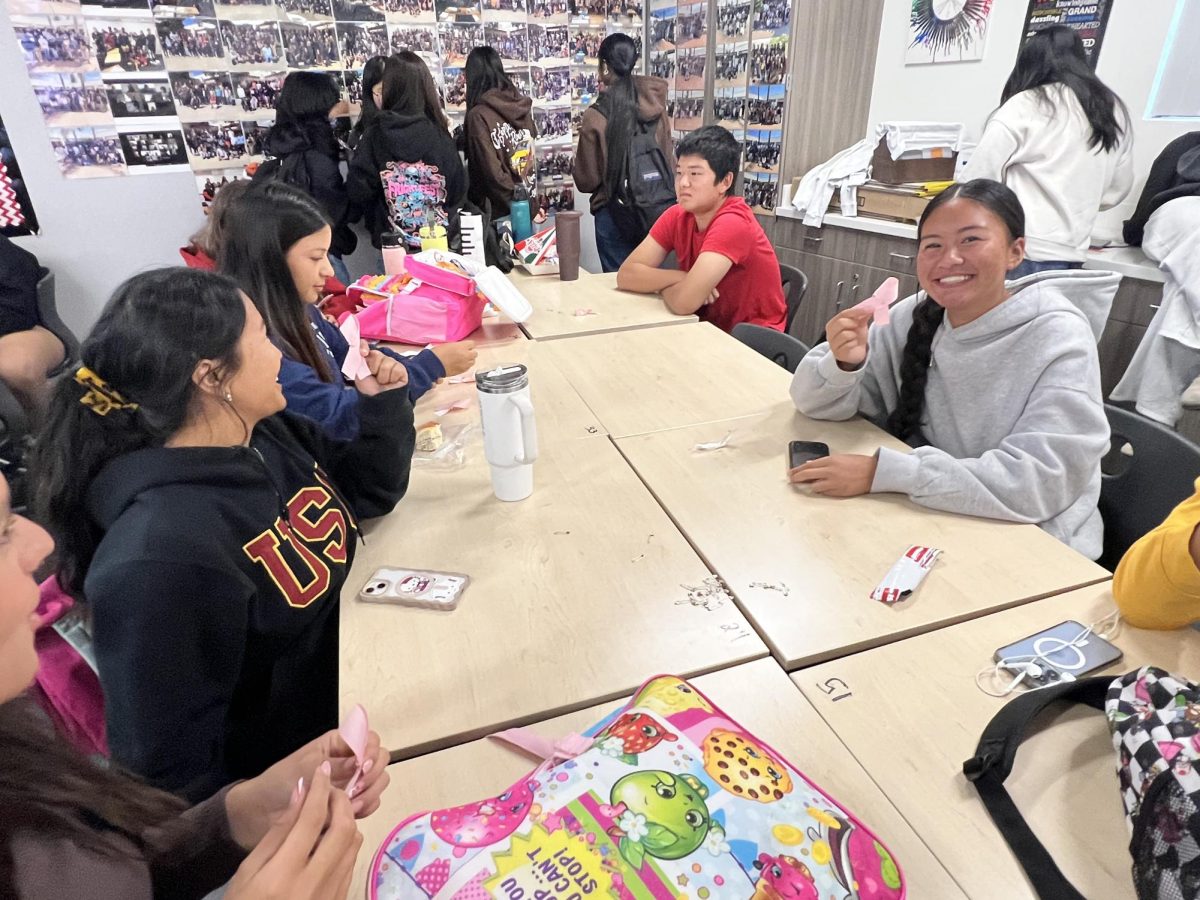







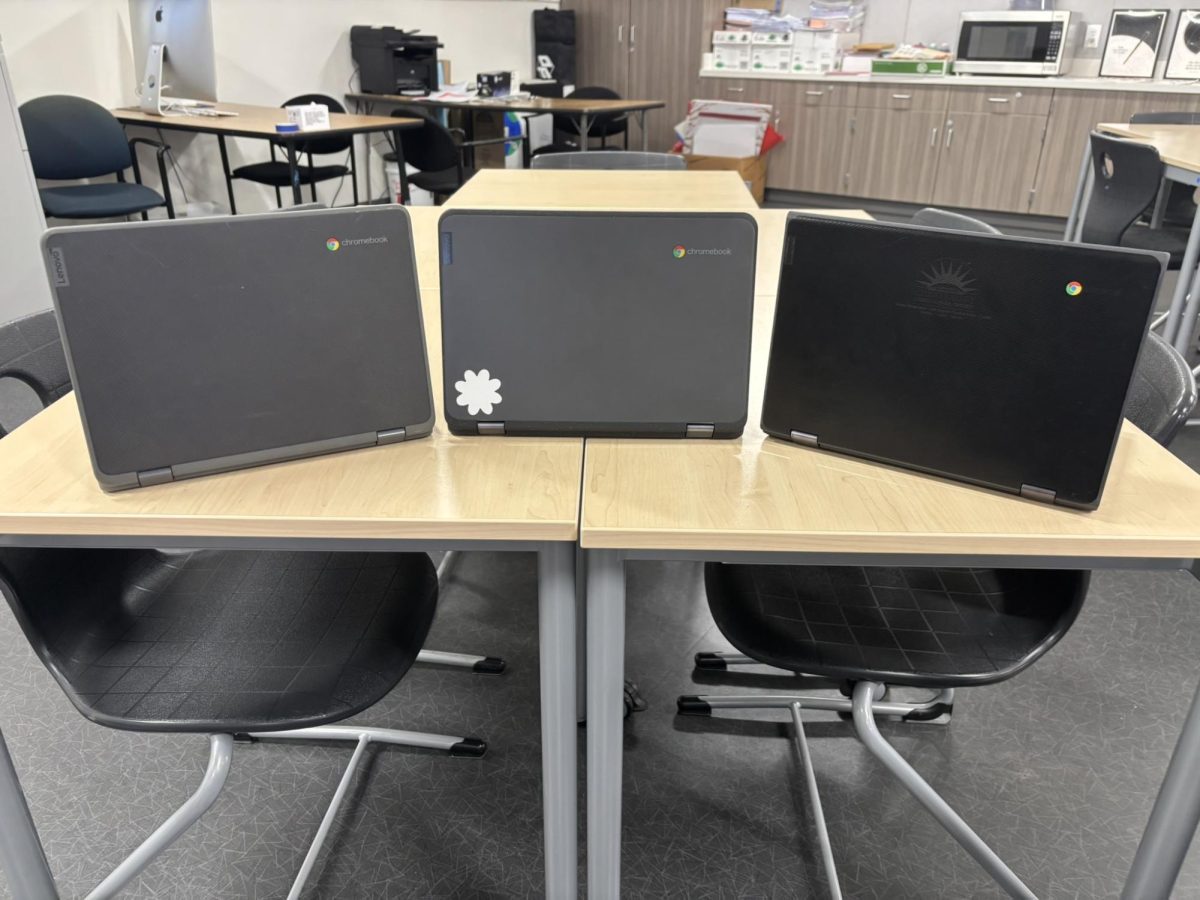
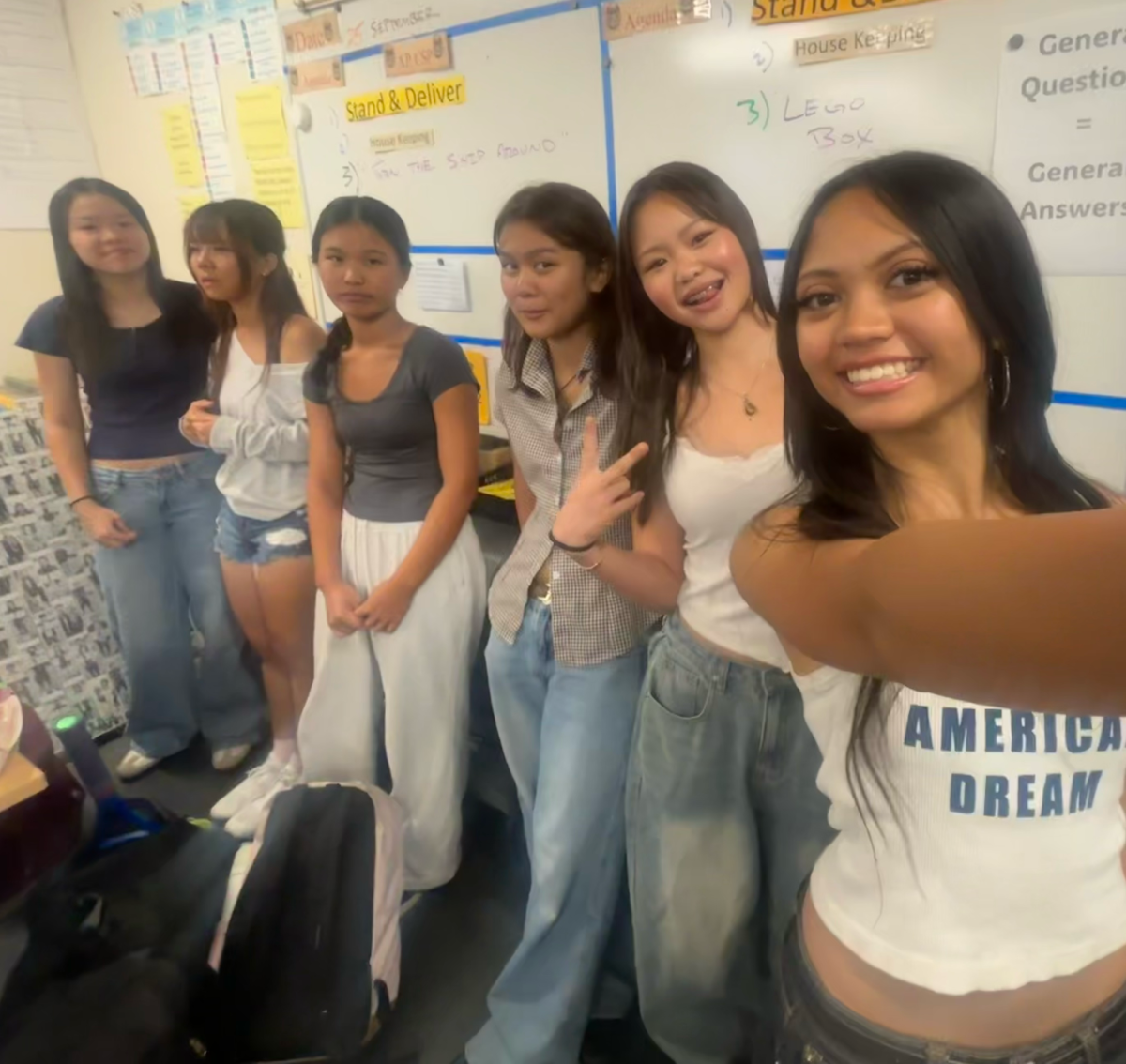



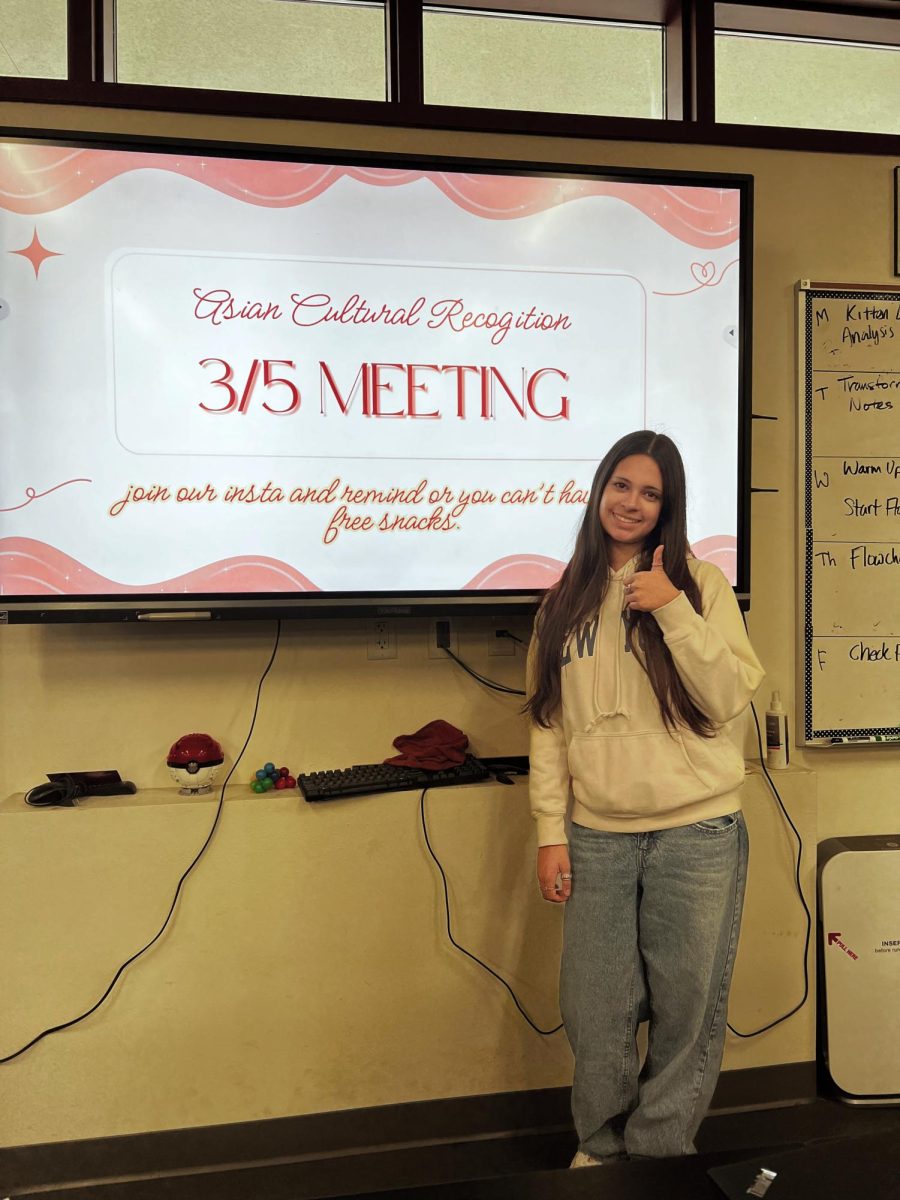






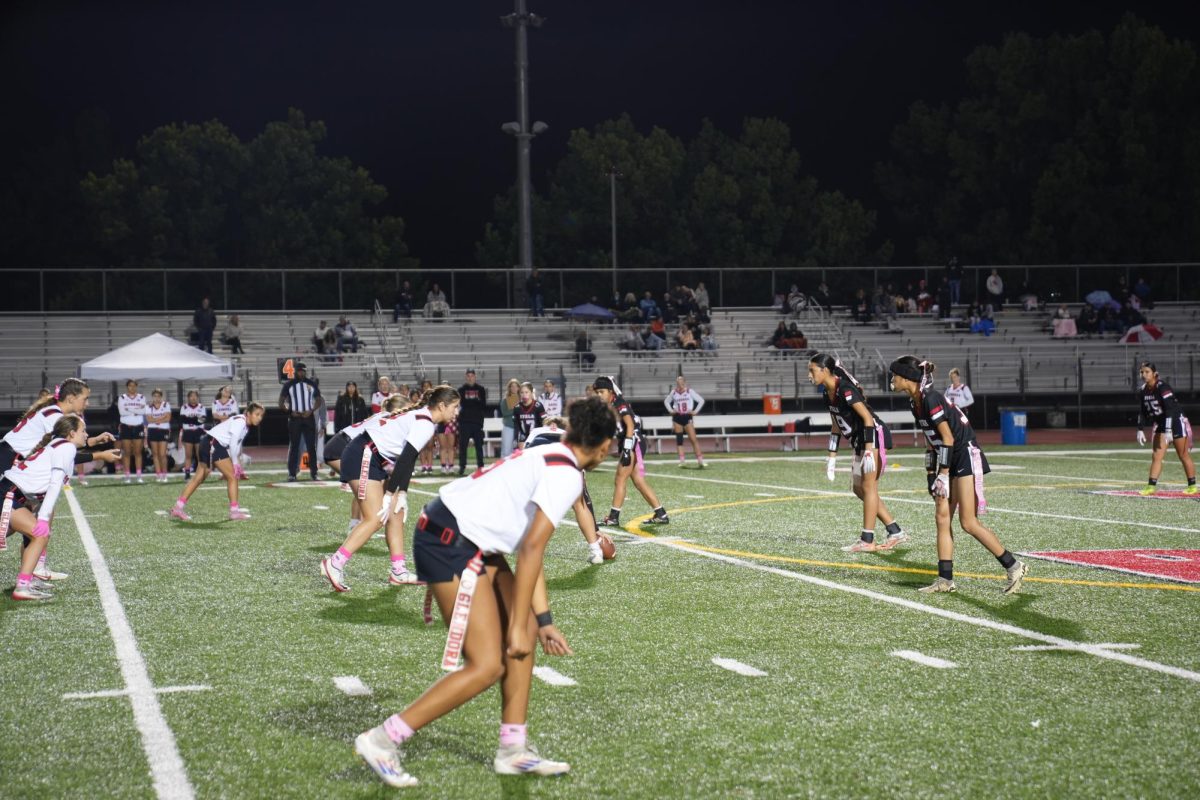
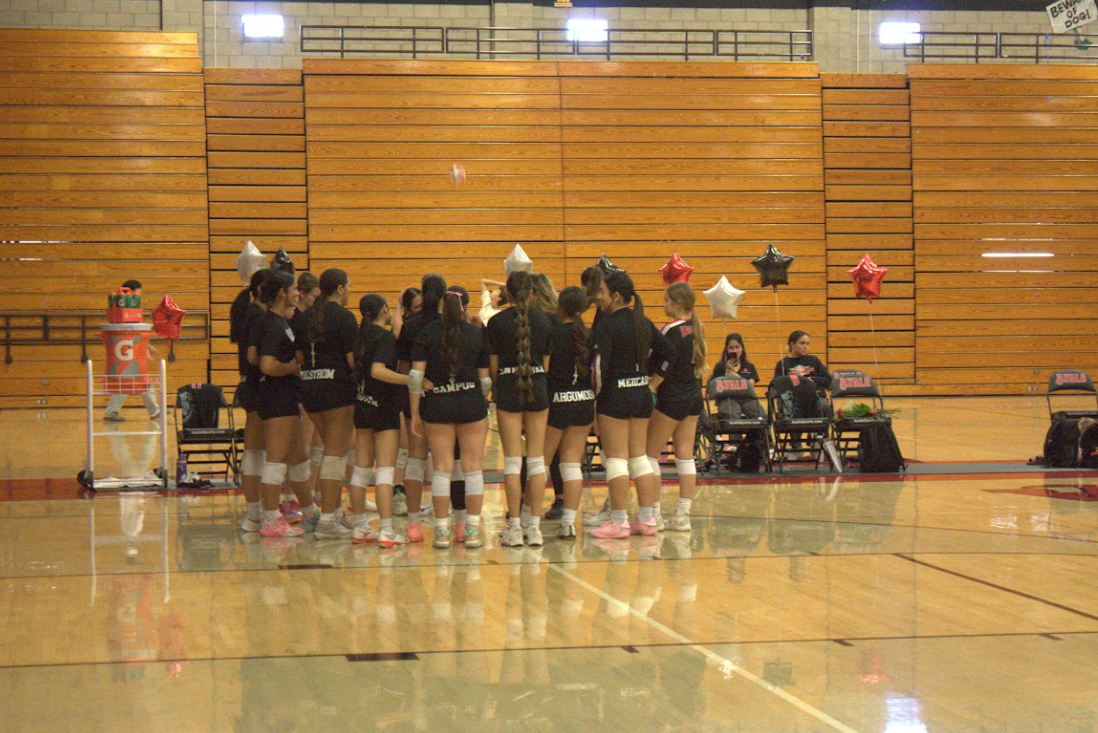


![“I'd say [this season was] successful because I didn't really think I was going to really play much because I'm a freshman. But my coaches took the time and believed in me,” Jonah Boyd (9) said. As a freshman, Boyd has already achieved great success during his first year on the boys Varsity baseball team.](https://ayalabulldogtimes.org/wp-content/uploads/2025/05/IMG_1598-1.jpeg)


